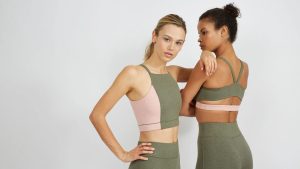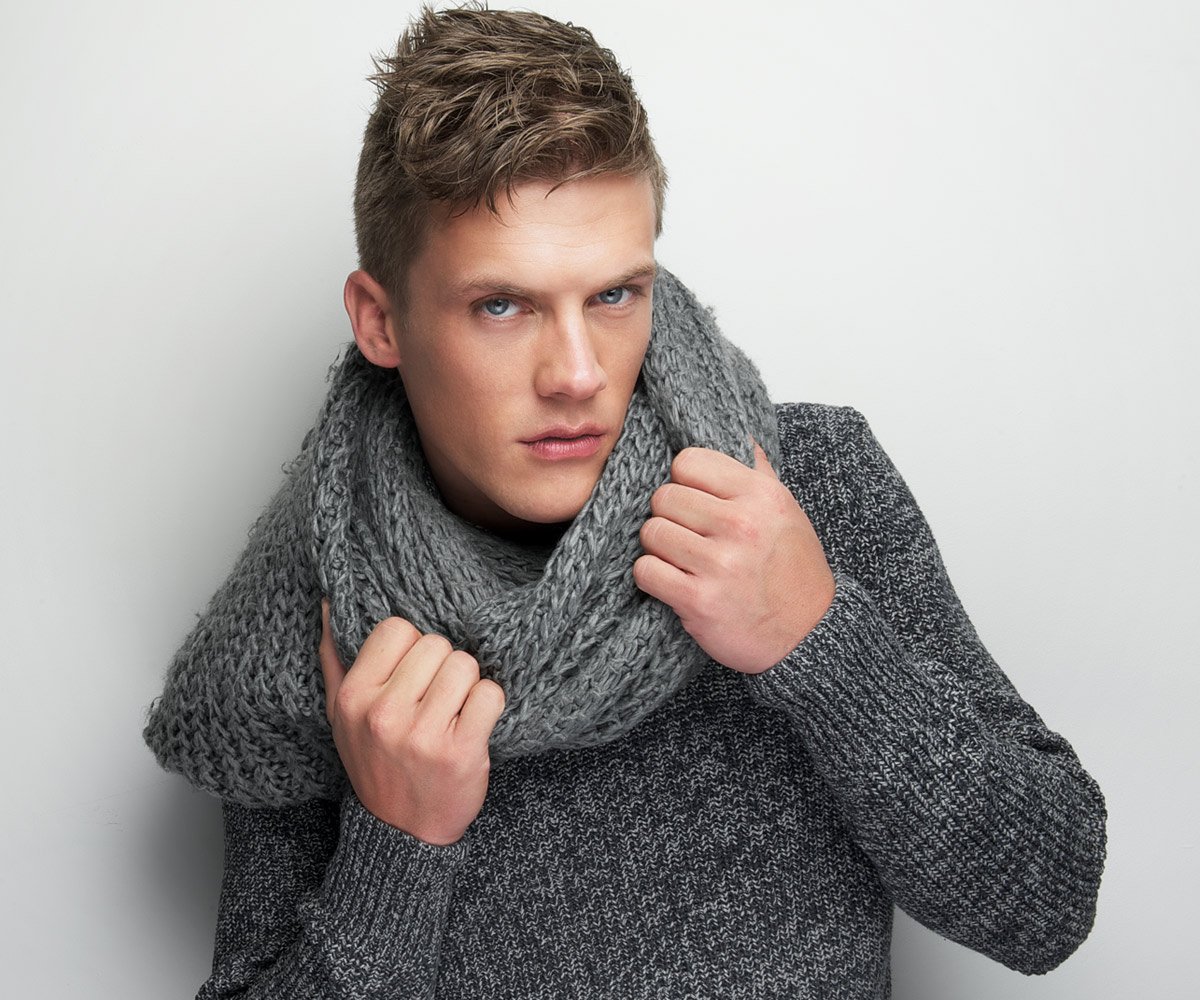Before pants were a staple in closets, they were a solution to a problem: how to ride, work, and move without hindrance. Born on horseback and refined in fields, workshops, and factories, trousers began as tools of mobility. Over centuries they traveled-across steppe and empire, into ports and mills-gaining and shedding meanings as they went. Cultures that prized drape learned the logic of seams; uniforms imposed order; denim democratized durability.
As industrialization standardized sizes and global trade accelerated, pants slipped the confines of caste and craft. The 20th century redefined who wore them and why, reshaping norms on gender, labor, and leisure. By the time stretch fabrics and athleisure blurred lines between office and off-duty, trousers had become a language of fit and function, as fluent in utility as in style.
From Workwear to Wardrobe: The Story of Pants traces this arc-how a practical garment evolved into a universal form, and what that journey reveals about technology, identity, and everyday life.
From Mine Shafts to Main Street How Rivets Twill and Pattern Cutting Shaped the Pant
Rivets were the spark: tiny copper anchors that kept pockets from tearing when tools and ore weighed them down. Paired with dense cotton twill-whose diagonal rib shrugged off scuffs-pants evolved from fragile cloth to durable gear. Pattern cutters followed suit, refining silhouettes with a curved back yoke for sway and lift, adjusting the rise for mobility, and balancing inseam/outseam lengths for clean hang. Seams were upgraded to triple‑needle felled runs, waistbands stabilized, and knees given a hint of articulation. The result wasn’t only strength; it was repeatable fit. With standardized blocks, mills could Sanforize for predictable shrinkage, and factories could stitch the now-iconic five‑pocket frame at scale-function turning into form, and form into a template.
- Riveted stress points: Pockets and fly corners reinforced against tear-out.
- Twill weave: Diagonal structure improved drape and abrasion resistance.
- Pattern cutting: Darts, yokes, and graded sizes delivered consistent fit.
- Felled seams: Locked edges that resisted fray, even under strain.
- Sanforization: Pre-shrunk fabric reduced surprises after washing.
As industrial grit softened into everyday life, the same engineering started reading as style. A V-shaped yoke became a signature back view; pocket rivets turned into aesthetic punctuation; the diagonal of twill read as texture under city light. Tailors leveraged darts and pleats to toggle between ease and sharpness, while factory grading scaled patterns across sizes without warping proportion. Washhouses introduced stone and enzyme finishes, translating work-born rigidity into broken‑in comfort at first wear. Today, zero‑waste layouts, recycled cotton, and laser finishing echo the original logic-make it last, make it fit, make it repeatable-only now with a quieter footprint and a wider vocabulary of silhouettes, from crisp chinos to relaxed denim.
| Detail | Then | Now |
|---|---|---|
| Rivets | Stop pocket blowouts | Utility as accent |
| Twill | Deflects abrasion | Texture and drape |
| Yoke | Fit over lower back | Signature back shape |
| Felled seams | Stronger construction | Clean interior finish |
| Pattern grading | Scale for crews | Consistent retail sizing |

Fabric and Fit by Climate and Routine Denim in Midweight for Everyday Linen Blend for Heat Wool Twill for Cold and a Touch of Stretch for Mobility
Denim in a calm midweight finds the sweet spot between structure and breathability, carrying you from desk to dog-walk with a quiet drape and just enough grain to soften with wear. When heat presses in, a linen blend loosens the day-open weave, quick dry, and an easy sway that vents with every step. Cold asks for wool twill: a compact diagonal that traps warmth without bulk, refined enough for a blazer and sturdy enough for a blustery commute. Through it all, a touch of stretch-whether elastane or mechanical give-keeps stride smooth, lets pockets sit clean, and returns shape after long sits, bends, and bike rides.
Fit becomes a climate tool. In warm weather, a roomier top block and straight leg invite airflow; a higher hem or no break clears heat and shows a lighter shoe. For frost, choose a mid-to-high rise to cover the core, a tapered leg with allowance for a base layer, and a measured quarter-to-full break that rests over boots. Daily movement benefits from quiet engineering: a gusseted crotch to ease stride, articulated knees where needed, and waist adjusters that keep everything neat without a belt. Pair fabric character to routine, then tune rise, leg shape, and hem so the silhouette reads intentional-never fussy.
- Errands to office: Midweight denim, mid rise, gentle taper, 1-2% stretch.
- Heat and travel: Linen-cotton blend, airy straight leg, cropped hem.
- Cold commutes: Wool twill, room in thigh, tapered to boot, quarter-to-full break.
- Motion-heavy days: Stretch twill or denim, gusseted seat, articulated knee.
| Climate | Fabric | Weight | Stretch | Hem | Fit Note |
|---|---|---|---|---|---|
| Mild | Denim | 12-13 oz | 1-2% | Quarter break | Soft taper |
| Heat | Linen blend | 180-220 g/m² | 0-1% | No break | Straight leg |
| Cold | Wool twill | 280-320 g/m² | 2-3% | Quarter-full | Roomy thigh |
| Active | Stretch twill | 200-260 g/m² | 3-5% | No-quarter | Gusseted seat |

Tailoring That Works Choose Mid Rise for Balance High Rise to Lengthen the Leg Hem Dress Trousers to a Slight Break Keep Chinos at No Break
Mid rise is the quiet diplomat of fit: it sits just where your torso and hips agree to meet, balancing proportions without calling attention to itself. It flatters most body types, keeps shirts tucked with ease, and works across denim, tailoring, and everything between. When you want to sharpen the silhouette, opt for a high rise; by shifting the waistline upward, it visually extends the leg and anchors a cleaner drape, especially with pleats or a tucked shirt. Think of it as a subtle lens-one that edits your outline without rewriting the whole frame.
| Rise | Visual effect | Best with |
| Mid | Balanced torso-leg ratio | Casual tailoring, untucked shirts |
| High | Longer leg line, defined waist | Tucked shirts, pleats, belts |
Hems finish the story. For dress trousers, a slight break-where the front hem just kisses the shoe-lets wool fall cleanly while avoiding puddling; the line remains formal, the movement, deliberate. Chinos thrive on clarity, so aim for no break: a crisp, skimming hem that keeps the profile nimble whether you’re in loafers or sneakers. The difference is small but decisive, turning fabric and footwear into a single, coherent sentence.
- Dress trousers: front hem touches the shoe; back sits about 0.5-0.75 in lower to cover the heel cleanly.
- Chinos: hem just grazes the top of the shoe; slight crop works well with slimmer legs and clean sneakers.
- Cuffs: 1.5 in on suiting for weight and drape; about 1 in on chinos for a neat, casual edge.
- Pleats + high rise: allow a hair more length to preserve the fold’s line-still avoid puddling.
- Avoid collapse: taper the leg opening if you want no break; wider openings create extra stacking.

Style and Care That Deliver Blazer and Loafers for Business Casual Tee and Trainers for Weekend Wash Cold Line Dry Steam Lightly and Repair Before Replace
Your trousers should move as easily as your day does: tailored in the morning, unbuttoned by evening. Anchor crisp pleats with a structured blazer and sleek loafers for a confident silhouette, then soften the line with a breathable tee and pared-back trainers when the calendar loosens. Color does the quiet work-charcoal, navy, and stone serve as a reliable base, while muted olive or camel add warmth without stealing focus. Texture earns its keep, too: twill grounds, flannel comforts, and a hint of stretch keeps shape without the rigidity.
- Business casual: a neat cuff, fine-gauge knit, and leather belt to frame the waist.
- Weekend ease: cropped hems, no-show socks, and minimalist sneakers for clean movement.
- Fit finesse: taper for structure, straight-leg for balance, wide-leg for drape.
- Palette play: one dark, one light, one accent-stay within two textures.
| Scene | Top | Shoes | Pant Fit |
| Client Meet | Blazer + OCBD | Loafers | Tapered |
| Desk Day | Merino Polo | Derbies | Straight |
| Weekend | Knit Tee | Trainers | Relaxed |
Care is style’s silent partner; it preserves fiber, color, and line so your pants perform longer and better. Cool water protects weave and dye, line-drying maintains shape, and a light steam revives drape without scorching. A quick stitch at a hem or pocket saves a favorite pair from the landfill-and from the cost of a rushed replacement. Build small, repeatable habits and your wardrobe will repay you in polish and longevity.
- Wash cold: reduces fading and fiber stress.
- Line dry: keeps creases crisp and waistbands true.
- Steam lightly: releases wrinkles; press only where needed.
- Repair before replace: reinforce buttons, re-hem, and de-pill to extend life.
| Fabric | Water | Dry | Press |
| Wool | Cold | Flat/Line | Steam |
| Cotton Twill | Cold | Line | Warm iron |
| Linen Blend | Cold | Line | Steam + light press |
| Stretch Blend | Cold | Line | Low heat |
Key Takeaways
From mines and fields to offices and sidewalks, pants have traced the path of modern life, carrying the weight of work, the shift of norms, and the pulse of style in every seam. What began as a practical answer to movement and protection became a fluent language of identity-cut, pocket, and fabric each a small sentence in a larger story.
Today, trousers map our days as precisely as any calendar: cargoes that promise utility, suiting that reads as intent, denim that archives wear like rings in a tree. Fiber innovations, adjustable fits, and a widening spectrum of silhouettes signal a garment learning, again and again, to meet the bodies and lives that wear it.
The next chapters are already drafted in recycled yarns, on-demand patterning, adaptive design, and looser borders around who wears what. Yet the core remains disarmingly simple: two legs, stitched for motion. From workwear to wardrobe, the story of pants is, at heart, a record of how people move through the world-and how the world moves with them.



